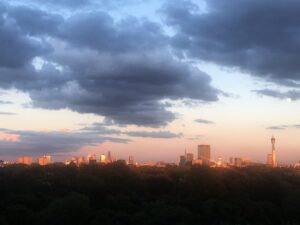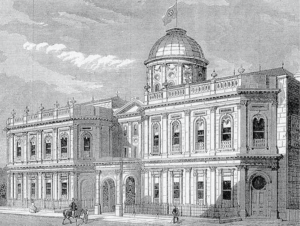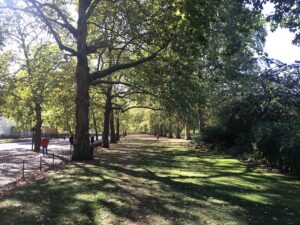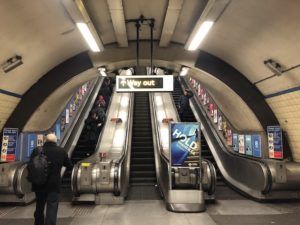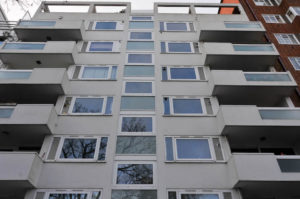For some weeks now, Sadiq Khan has been advocating the wearing of “non-medical face coverings” – as distinct from masks used by health and social care professionals – in circumstances where social distancing is difficult to maintain, notably when using public transport. So why hasn’t he made face-coverings compulsory for people using London’s public transport networks?
There appears to be nothing to stop him where TfL services are concerned. They are required to abide by sets of rules, which can be quickly amended. This happened shortly after Boris Johnson became Mayor in 2008 when he introduced his “booze ban” to prevent people drinking alcohol on all transport services TfL runs. With the buses and the Tube, these rules are called Conditions of Carriage. The Docklands Light Railway has similar ones and London Trams are covered by by-laws.
TfL has yet to answer a request made a couple of weeks ago for confirmation or clarification of the legal position, though in her recent article for On London the Mayor’s deputy for transport, Heidi Alexander, wrote that “the use of non-medical face coverings on all public transport may have to become a condition of travel”.
However, if this suggests that it does indeed lie within the Mayor’s power to have it made mandatory for passengers to wear (non-medical) face coverings when using TfL-run services, that doesn’t mean the issue is straightforward.
One obvious consideration is that not all public transport in the capital is under TfL control. Much as successive Mayors have wished it were otherwise, suburban rail services, which bring hundreds of thousands of commuters into the capital each working day, fall outside their domain.
If the Mayor went it alone on face-coverings, the rules would be inconsistent for large numbers of public transport users in the capital. Note that he has been been calling for national government to change national guidance to bring it in line with his opinion on the matter and not saying he will go ahead by himself if it doesn’t.
There is also the question of enforcement. The British Transport Police would, of course, be patrolling the networks, but would it reasonable or feasible to ask station staff and bus drivers to challenge passengers who failed to comply with any face-covering rule (some union voices were raised against the alcohol ban on these grounds)?
Another part of the context here is TfL’s continuing negotiations with the government over emergency funding as its bank account runs on empty. Much of this is likely to be being conducted between TfL chiefs and government officials, but the Labour Mayor’s relationship with the Conservative government has been a bit testy. This is pure speculation, but steaming ahead with your own face-covering policy in contradiction of the government’s might not be judged good diplomacy by the Mayor at a time when he is seeking to get money of it.
It looks as if the Mayor could introduce a unilateral TfL face coverings rule but, so far, has stopped short of doing so for a reasons that are not do with his formal powers.
OnLondon.co.uk is doing all it can to keep providing the best possible coverage of London during the coronavirus crisis. It now depends more than ever on donations from readers. Individual sums or regular monthly contributions are very welcome indeed. Click here to donate via Donorbox or contact davehillonlondon@gmail.com. Thank you.



